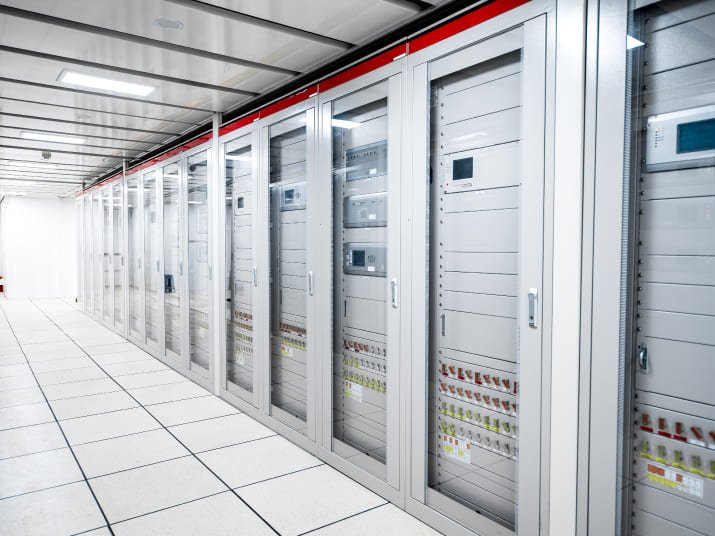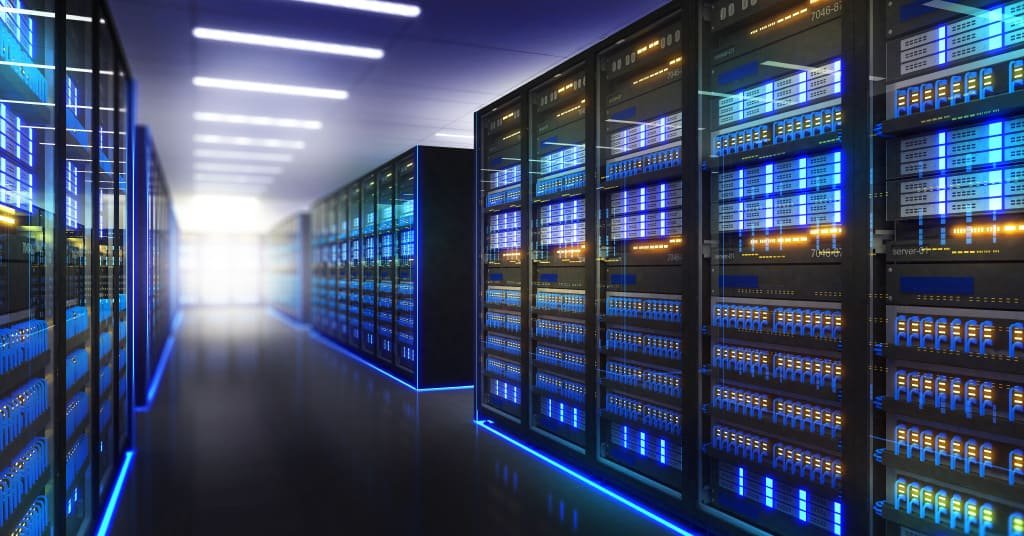Data centers are an essential component for many large-scale industries and businesses. That is because not only do they facilitate the transfer and storage of large amounts of mission-critical data, but they are also a prominent part of various consumer and professional networks.
So, as economies and industries worldwide are becoming increasingly advanced and dependent on such data hubs, they need to work efficiently. Specifically, two aspects that are essential for efficiency and also go hand-in-hand are data center cooling and design. That being said, let’s understand what cooling entails in this case.
How Does Data Center Cooling Work?

Throughout the past decade, data centers have accounted for more than 1% of global consumption. This figure has been rising rapidly with an estimated 6% growth from 2010 to 2018 bringing the current consumption to more than 200 TeraWatt Hours. While this allows them to function optimally, it also creates large amounts of heat. As these heat levels increase continuously, this can cause damage to the physical server components.
So, to avoid this situation, data centers are built with comprehensive cooling protocols and systems to maintain temperatures within a safe range.
This heat reduction allows the hardware to stay intact and improves the overall speed and life. Some other advantages/disadvantages of data center cooling are as follows:
Advantages
-
Improved efficiency of hardware and data transfer in the data center
-
Increased lifespan of hardware units
-
Easier to scale upsize and infrastructure of a data center
Disadvantages
-
Quality cooling systems can be very costly
-
Continuous cooling releases harmful gasses that negatively impact the environment
Read more: Inefficient Cooling in Smaller Data Centers – A Problem?
That being said, another factor that plays an essential role in the efficiency of a data center is the design.
Data Center Design
Datacenter design is a process completed before developing a data center to map out and model, positioning, and layout of the complete data center infrastructure. This involves everything from hardware connection to the route cables will use to connect individual components.
But, what makes data center design so complex and essential is the number of factors that need to be considered. For example, the route cables that occupy the spaces between hardware units need to be designed to reduce wastage and heating while maintaining optimal connections. However, how exactly does data center design affect cooling?
How Data Center Design can Help Facilitate Cooling without Harming the Environment
With one of the significant drawbacks of data center power and cooling being the environmental impact, alternative methods are essential. To this end, data center design provides various advantages to cooling without the dangers of increased harm to the environment.
Some ways data center design can benefit cooling without hurting the environment are:
1. Cable management
Cable management is an essential part of both cooling and design. This is because proper and clear cable management can ensure that hardware has enough airflow space and clean your data center.
On the other hand, bundles of cables spread out across a data center will block airflow while also attracting large amounts of dust. So, managing your cables during data center design can help clear out the airflow routes and improve data center cooling without any added expenses or environmental impact.
2. Hot and cold air separation
One of the essential things when cooling a data center is keeping hot air separated from cold air. This is because data center hardware often has a certain air input point and an opposite air output point. So, it is important to make sure that cold air enters the input while hot air exists the hardware and is pulled into the cooling unit.
So, when designing your data center, making sure that there are no points for mixing or crossing of air can ensure that optimal temperatures are maintained where they are needed. This can also help reduce the load on your cooling system and reduce the overall electricity bill.
3. Efficient air routes
Following up from the previous air separation point, data center cooling also benefits from having well-planned routes for cold and hot air. This is often why data centers are planned out in aisles, as there are open spaces for the flow of cold air to all of the hardware.
If hardware is placed haphazardly throughout the complex, the airflow would be blocked at multiple places and unable to reach various essential components. So, just by managing the positioning of data center hardware, you can improve cooling efficiency throughout the compound without harming the environment or increasing costs.
Key Takeaways
Due to these benefits that proper design can provide to cooling, it is an essential part of any data center. Moreover, providing such improvements without any significant harm to the environment makes it a productive step toward the future.
However, while the benefits are prominent, data center design is also complicated. This is due to the plethora of variables and factors that need to be considered before finalizing a layout. So, many people enlist the help of industry experts to get the most out of their data center design and cooling.
To help make your data center design process more accessible, we at Mechartes are here to help. With years of industry experience and an expert understanding of data center design, we can help you get the most cooling with minimal expense.
So, if you are looking for maximum efficiency and cooling, contact us today!


 Share
Share  facebook
facebook